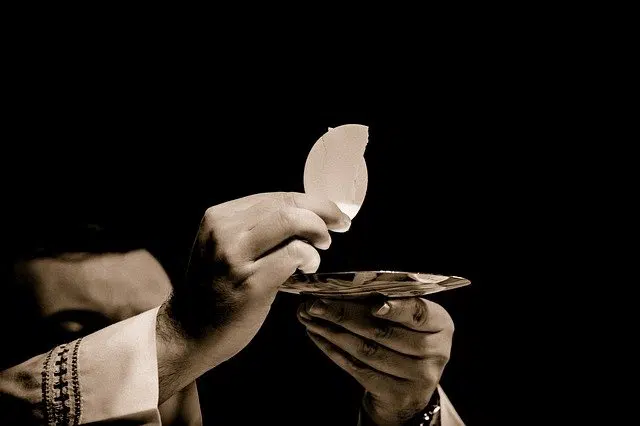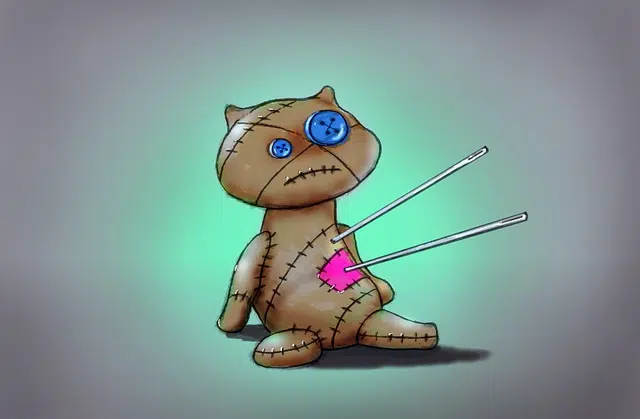
In Catholicism different rituals develop.
Rite is a word originating from the Latin term ritus . It is a custom or ceremony that is repeated invariably according to a set of already established rules. The rites are symbolic and usually express the content of some myth .
The celebration of rites is known as ritual and can be very varied. Some rituals are festive , while others take place solemnly. Rituals are carried out according to tradition and may be led by some type of authority (in the case of Catholicism, rituals are led by priests).
Characteristics of a ritual
The rites vary according to each society or culture , despite being based on certain issues common to all humanity. An example of this is funeral rites , which are usually carried out as a farewell to the deceased and, in certain cases, to prepare him for the next life or reincarnation.
In Western societies, the funeral rite includes the wake (a private act where the relatives and friends of the deceased say goodbye in person) and the funeral (the burial, cremation or embalming of the body).
Different kinds of ceremonies
Other popular rites are linked to purification (such as baptism), blood (sacrifices), consecration (the investiture of priests or kings), gratitude or forgiveness .
There are rites, on the other hand, dedicated to the transition or passage from one stage to another (from puberty to adulthood, from singlehood to marriage). There are also rites of passage , which are related to the introduction to certain mysteries or occult practices for the uninitiated.

A ritual is the celebration of a rite.
The rite of mummification in life
During the last millennium, a group of Buddhist monks developed a mummification technique that consisted of completing three stages of great sacrifices , each lasting a thousand days, to ensure that their bodies survived after their death. His main goal was to achieve the state closest to Buddha's perfection . It is worth mentioning that not everyone practiced it and that only a small percentage of the brave ones obtained the expected results.
Let's see below what each of the three stages of this hard process consisted of:
day 1 to 1000 : a strict diet based on wheat flour, nutmeg and nuts had to be adopted; the latter had to be found in the vicinity of the monastery, in their natural state. The objective of this first phase was to get rid of fat from the body in the shortest time possible, since it is the material that decomposes first after death. As if this diet were not enough sacrifice, it had to be accompanied by the practice of constant physical exercises;
day 1001 to 2000 : the diet became even more austere, limiting itself to some roots and bark. In addition, a poisonous tea was consumed that was made with ingredients from the Urushi tree, whose sap is generally used to lacquer furniture, musical instruments and tableware, among other products. The effect of this infusion was to eliminate the worms from the body, in addition to progressively poisoning it to prevent infestation after death. After ingesting the tea, vomiting occurred and the level of body fluids dropped drastically. At the end of this second stage , the monks saw themselves as authentic living dead , weak and poisoned;
day 2001 to 3000 : this stage consisted of being buried in a wooden box provided with roots and bark to feed until death and oxygenated through the hole of a bamboo cane that came to the surface. Every day, the monk had to ring a bell so that others would know that he was still alive ; When he stopped doing so, they removed the bamboo pole and sealed the box for a period of a thousand days. Then, they opened the tomb to verify that the rite had been carried out successfully.
The few monks who managed to overcome self-mummification have been venerated in their temples ever since; The others received an honorary burial, as a reward for so many sacrifices.
